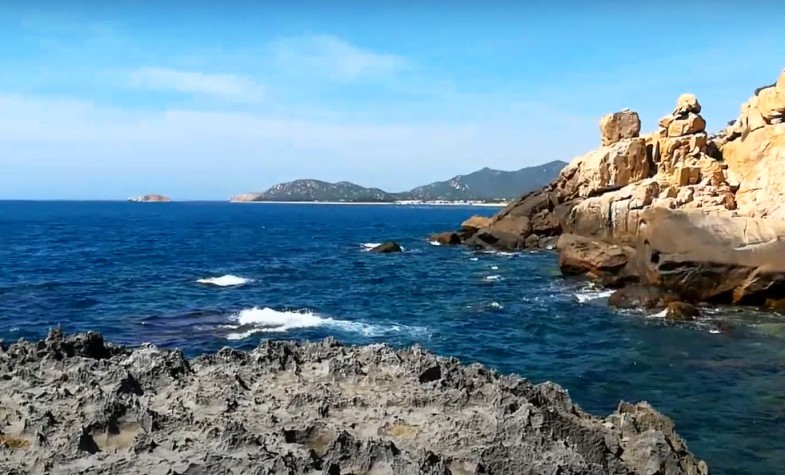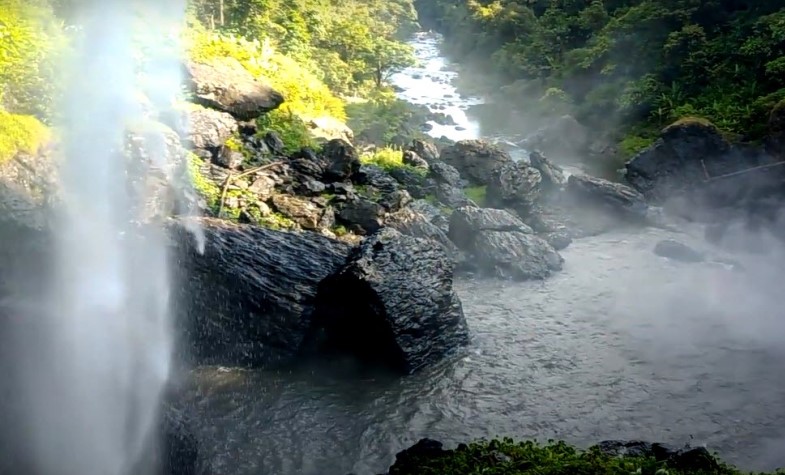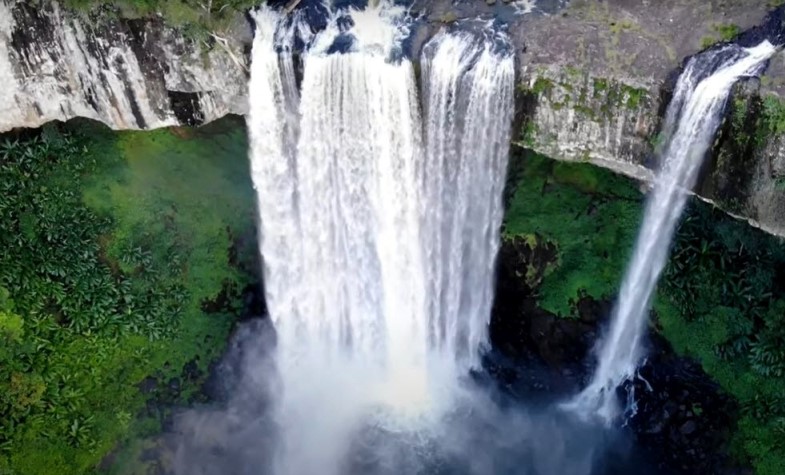16 September 2021
September 15th – during the meeting of the Coordinating Council for the Program on Man and the Biosphere (CIC-MAB), which is taking place from September 13th to 17th in Nigeria, two nominations from Vietnam, Nui Chua biosphere reserve in Ninh Thuan province and Kon Ha Nung biosphere reserve in Gia Lai province was officially recognized, making the total number of Word Biosphere Reserve in Vietnam to 11.
By this recognition, Vietnam is the country with the second-largest number of world biosphere reserves in Southeast Asia, after Indonesia with 19 reserves.

Water and mountains landscape of Nui Chua National Park - Ninh Thuan Province
Nui Chua has a total area of 106,000 hectares that consists of 3 typical ecosystems of dry tropical forest, the sea, and semi-desert lands. This is the home of a rich flora system with more than 1,500 plant species, including 10 endemic species and 54 rare species that are recorded in Vietnam’s and the World Red Book. The rich fauna system contains 756 species of forest animals, over 350 species of coral, and hundreds of species of marine animals. Nui Chua is also said to be one of the very rare places in Vietnam where sea turtles come to lay eggs every year and are strictly protected.
One of the special features of Nui Chua National Park is that this area has a dry and hot climate. Together with the diverse topography, it has created a standard model of the most typical and unique dry forest ecosystem in Vietnam and Southeast Asia.

The fascinating nature of Kon Ha Nung World Biosphere Reserve
Meanwhile, Kon Ha Nung is known as a typical plateau biosphere reserve. Located in Gia Lai province in the Central Highlands, near Pleiku, at an elevation from 57 meters to 1,750 meters above sea level, Kon Ha Nung reserve has a total area of more than 410,000 hectares, including Kon Ka Kinh National Park, Kon Chu Rang Nature Reserve, and forests of adjacent areas. This area has specific features of highland tropical closed forest, the great diversity of fauna and flora system, and especially, this is also home of many indigenous Montagnard communities with typical cultures and traditions.

Maverlous waterfalls at the Kon Ka Kinh National Park - Kon Ha Nung Biosphere Reserve
This recognition is considered as a great evaluation of the international community for the diversity of unique natural, biological, and cultural values of the communities in two national biosphere reserves and in Vietnam in general as well as the country’s efforts in protecting those values, said the Vietnamese representative at the CIC-MAB.
The recognition opens up a models of sustainable socio-economic development of the localities, harmoniously connecting biodiversity conservation with preserving ethnic cultural identities; between economic development and environmental protection, improvement of quality of life, education, tourism and scientific research... Also, it bring to the areas great potential in providing solutions for key challenges of balancing between economic development and natural exploitation, environmental degradation, and global climate change.
By this recognition, Vietnam now has total 11 World Biosphere Reserves, including:
1. Can Gio Mangrove Biosphere Reserve (recognized in 2000).
2. Dong Nai Biosphere Reserve (recognized in 2001).
3. Red River Delta Biosphere Reserve (recognized in 2004).
4. Cat Ba Biosphere Reserve (recognized in 2004).
5. Kien Giang Biosphere Reserve (recognized in 2006).
6. West Nghe An Biosphere Reserve (recognized in 2007).
7. Cham Island Biosphere Reserve (recognized in 2009).
8. Mui Ca Mau Biosphere Reserve (recognized in 2009).
9. Lang Biang Biosphere Reserve (recognized in 2015).
10. Nui Chua Biosphere Reserve (recognized in 2021)
11. Kon Ha Nung Biosphere Reserve (recognized in 2021).
By VNA

